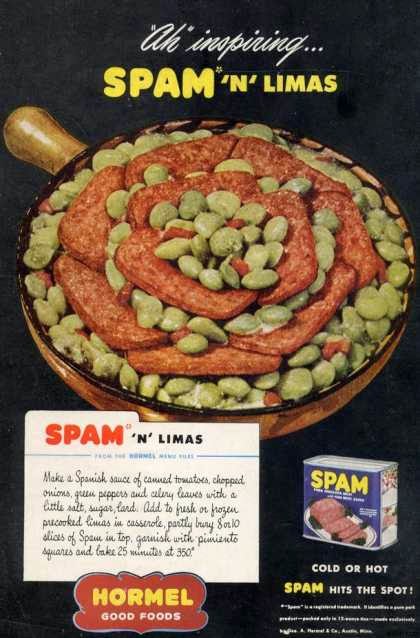No matter what you say -- keep it vague!
- It's an awesome piece of writing in favor of all the online visitors; they will obtain advantage from it I am sure.
Blast from the past
- Howdy! Someone in my Myspace group shared this website with us so I came to take a look. I'm definitely loving the information.I'm bookmarking and will be tweeting this to my followers! Fantastic blog and amazing design.
[MySpace? Really? You have an AOL account, too?]
Providing a service -- I guess
[More comments about The Straco Layout, Part 23 - Lumbering along, which talks about small tinplate toy.]
- Marvelous, what a web site it is! This blog provides useful facts to us, keep it up.
 |
| The Nomura 3" Lumber Truck, ca. 1960. This is the source of all that "excellent info" and "useful facts" my automated commentators seem to love so much. |
- Hello there! I just want to give you a big thumbs up for the excellent info you have got right here on this post. I will be coming back to your web site for more soon.
[Glad to be of service -- I think.]
Pondering Polyphony
[This was posted for The Diabelli Project - Contrapunctus XVI by J. Lee Graham", which discusses a four-part fugue.]
- Hey! This post couldn't be written any better! Reading through this post reminds me of my old room mate! He always kept chatting about this. I will forward this write-up to him. Pretty sure he will have a good read. Many thanks for sharing!|
[Who was your roommate? J.S. Bach?]
Going meta
[These were left on Spam Roundup July, 2013]
- This is a topic which is close to my heart... Cheers!
- I am sгe tҺis piece of writinɡ has toucҺed alll the internet viewers, its really really good pioece of writing oߋn building up new website.
[So happy to have touched all.]
And finally, keeping it meticulous
- Hello colleagues, fastidious paragraph and good arguments commented here, I am really enjoying by these.
Fastidious to the last! Next month I'll share more awesome writing in favor of all the online visitors that will touch all Internet viewers!







































